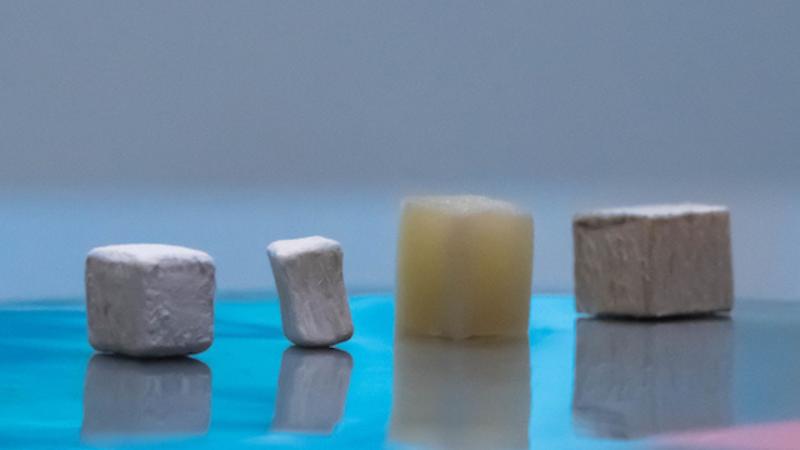Thursday, February 23, 2023

Scientists at Rice University, Texas, have now developed a special wood that’s stronger than its natural counterpart and helps reduce carbon emissions by sequestering carbon dioxide (CO2) from the surrounding air.
Although wood is a renewable resource, it takes years to grow and replace, while human activities already ravage forests. A more sustainable alternative made from smaller pieces of wood bonded together, called engineered wood, uses less material than solid wood.
Thus, engineered wood has emerged as a sustainable and environmentally friendly alternative to traditional building materials. However, this wood is prone to warping and deterioration of structural integrity, diminishing its life span.
Scientists at Rice University, Texas, have now developed a special wood that’s stronger than its natural counterpart and helps reduce carbon emissions by sequestering carbon dioxide (CO2) from the surrounding air.
A multiaxial top-down strategy
Humans’ fight against climate change requires devising integrated concepts that innovate current processes by making them sustainable. Rice University researchers have multiaxially addressed the issues of engineered wood durability and carbon dioxide emissions by developing a special wood infused with a material with a strong affinity for CO2.
In a top-down approach, the team delignified wood; parts of the wood that give it its color was removed, thus creating a hierarchical, porous structure. The porous structure was then infused by soaking it in a solution containing microparticles of a high-performance absorbing material called Metal-Organic Framework (MOF).
MOFs possess a strong affinity for carbon dioxide molecules. The chosen MOF, Calgary framework 20 (CALF-20), outperforms its counterparts regarding performance level and versatility under varied environmental conditions.
A simpler and greener process
In the absence of environmentally friendly and sustainable materials for CO2-capturing, the novel enhanced wood structure can be used as a flexible support to deploy CO2-capturing materials in various applications.
“Our process is simpler and ‘greener’ in terms of both substances used and processing byproducts,” says Muhammad Rehman, an assistant research professor in materials science and nanoengineering at Rice University.
Tags: circular economy, engineered wood, RICE UNIVERSITY, sustainability, wood, woodworking, woodworking and manufacturing, woodworking event, woodworking industry, woodworking USA